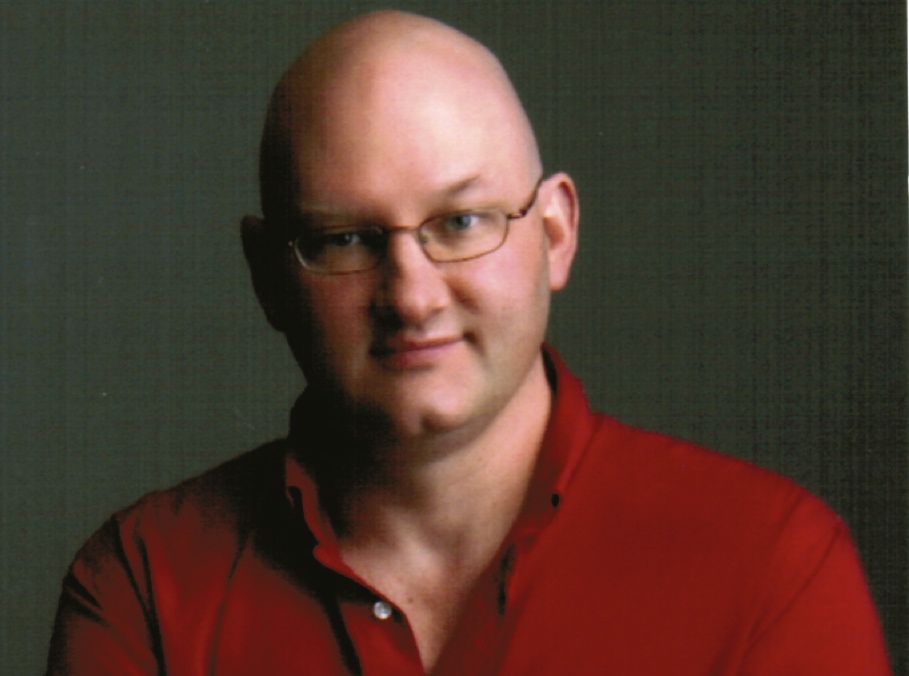Real-Life Barbie? Model Created Look to Spread Beliefs


A young Russian model who reportedly spent a half-million dollars to turn herself into a real-life Barbie doll is indeed quite real and not the result of a computer-generated image.
Even so, many of the stories written about her are not the real deal.
In 2012, photos of this supposed real-life Barbie named Valeria Lukyanovashocked many around the world. Thousands of photos of Lukyanova showed her porcelain face with flawless skin, glassy blue eyes, a blank stare and small waist, which were apparently the result of dozens of surgeries (including, allegedly, having ribs removed).
When Lukyanova first appeared, no one knew quite what to make of her — or her appearance. Some people thought she was a computer-generated product of a viral video hoax. Others pointed to her as a horrific example of the pursuit of beauty gone awry, the sad consequence of a society in which girls are encouraged to view thin fashion models and Barbie dolls as ideals. She is quite real, though many of the stories about her are not. [7 Beauty Trends That Are Bad for Your Health]
A real-life Barbie?
Contrary to many headlines, there's no evidence that Lukyanovais actually trying to emulate the world's most popular doll; the word "Barbie" does not appear anywhere onLukyanova's website nor in any of the available material attributed to her. Furthermore, a Google search of images of Lukyanova reveals plenty of airbrushed glamour shots, but conspicuously absent are photos of her with her supposed idol, Barbie. Surely if this aspiring model's claim to fame were centered on trying to achieve Barbie's supposedly idealized proportions, she would have taken many photos of her with the doll she's trying to look like.
A recent short documentary film, "Space Barbie," provides new insight into her motives. Lukyanova doesn't mind comparisons to Barbie, but states: "Even though people call me Barbie, I never tried to look like a doll. I just like everything beautiful, feminine and refined. It just so happens that dolls are based on the image of refined girls."
Get the world’s most fascinating discoveries delivered straight to your inbox.
So what does explain her strange appearance? It's amazing what can be done with flattering lighting, hours of makeup and low-resolution video. Some images of her may be digitally enhanced, but despite a few YouTube videos to the contrary, there is little or no evidence that Lukyanova has undergone extensive plastic surgery, either to look like Barbie or for any other reason. It's possible, though there are no before-and-after photos or videos that you would expect to see for such a publicized radical transformation. Surely any plastic surgeon would be eager to claim credit for such remarkable work on such a famous and controversial client. [10 Odd Facts About the Female Body]
It's also important to remember that people come in all shapes and sizes, and Lukyanova's figure and features, though striking, are within normal human variation. Critics concerned about the influence of Barbie dolls on girls and women often claim that 99.99 percent of the women in the world don't look like Barbie. While that may be true, statistically that means there are thousands of women whose natural body shape (perhaps with a little help) comes pretty close. And it's not surprising that one of those women — especially one with Lukyanova's self-promotional skills — would be noticed and become an Internet sensation.
The fact is that Lukyanova never claimed to want to look like Barbie — that was simply a convenient (and inaccurate) news handle for journalists and headline writers to use. Though the fascination with Lukyanova's (beautiful or creepy, take your pick) appearance is understandable, it is only skin deep. To understand Lukyanova's motivations you must look below the surface.
'Out-of-body' traveler
Lukyanova has made no secret of her motivation for fame, and it has nothing to do with Barbie. She claims to be an extraterrestrial spirit, and in "Space Barbie" explains: "The aim of my life is to come to this planet to help people realize that it is necessary to move from the role of the 'human consumer' to the role of 'human demi-god.' Everything is love, love is God. I am you, and you are me."
While this may sound far-out, it is actually a fairly typical example of New Age philosophy, preaching that humans are on the wrong path with war and pollution, and that humankind can be saved through the a cosmic, karmic consciousness shift toward universal love. The only thing that makes this situation unusual is the appearance of the person delivering the message — and it's no accident.
Lukyanova notes that "I'm a lecturer on the subject of out-of-body travel, and I lead seminars on spiritual subjects. My PR is only based on my physical appearance. Unfortunately spiritual ideas will never get so much attention. If a nun starts talking about spirituality, would anyone notice her? No, no one will. But if a beautiful, inspiring young woman starts talking about it, many people will start thinking. So I use my appearance to promote my spiritual ideas. It works perfectly well."
Indeed it does. Lukyanova is neither a media-obsessed woman trying to fit some social ideal of female perfection, nor a Photoshopped hoax. Her ideas may be far-out, but when it comes to finding ways to spread her New Age message, she's crazy like a fox.
Benjamin Radford is deputy editor of "Skeptical Inquirer" science magazine and author of six books, including "The Martians Have Landed: A History of Media-Driven Panics and Hoaxes" and "Tracking the Chupacabra: The Vampire Beast in Fact, Fiction, and Folklore." His website is www.BenjaminRadford.com.
Follow us @livescience, Facebook & Google+. Original article on LiveScience.com.



